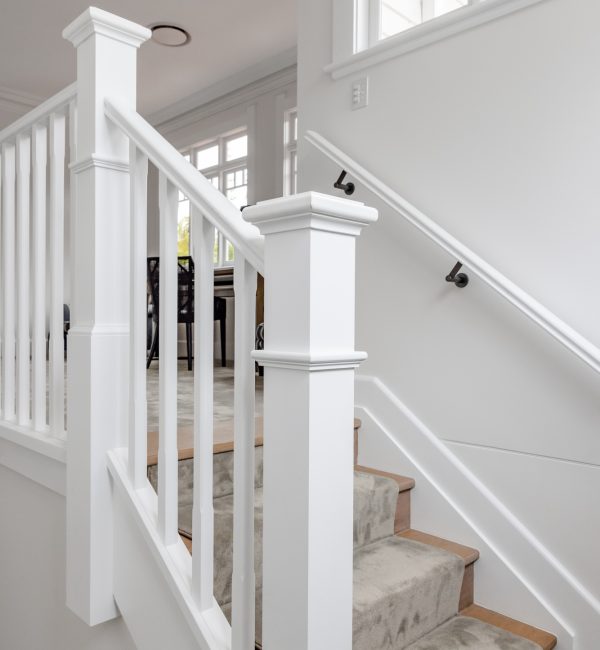Don’t we all dream of the Australian ideal? Often, it looks like having a home with a bedroom for each child or family member, a minimum of two living spaces, preferably two car spaces, and a backyard for a pool and trampoline for the kids or grandkids. In some cases, the need for extra space may arise from multi-generational living, as many families choose to pool their resources and live under one roof.
All dreams start from the top, beginning with essential planning steps and considering many factors regarding the extent of the renovation or extension.
Many people strive to deeply consider their family’s needs, both now and in the future, but yet their efforts fail them. Taking a moment to think this through with professional help and advice can save you money in the long run. For instance, consider a family with three children aged 6, 11, and 13. You might plan to put some bedrooms upstairs and create a small sitting room—a great space for toys and games, right?
But what happens when the kids grow into adults? Will the bedrooms accommodate that growth? Will the sitting area be suitable for lounging and other entertainment, or will it just become a junk space? These are important questions for understanding the limitations of your home extension and its intended life cycle for your family. Misjudging these factors can lead to selling your extended home in a few years after it’s complete.

The next step is to go on the open house journey and walk through homes that would meet your needs. Be sure to compare homes in the suburb where you want to live (I’ll touch on that shortly).
Other elements to consider include proximity to transport, schools, shops, and essential services. You might even find your ideal home by chance.
Considering the costs of renovation—especially large-scale projects—and the rental expenses while waiting for the renovation to complete, moving might be a more affordable alternative in some cases
To understand this accurately, you must keep track of what existing comparable homes are selling for, as well as the home of your dreams.
This will help form what we call the “bridge”—the cost to transition from your current home to a home that fits your family’s needs and circumstances in your desired area.
Next, reach out to experienced home extension companies to start a conversation.
Generally, contacting more than four companies can lead to confusion. The tricky part is conveying your brief over the phone to receive an accurate estimate of costs, it will only be a high-level estimate at best.
There are a few true design-and-construct companies that serve as both building designer/architect and builder. A multi-discipline company will have a better understanding of your overall project, including aspects that a builder might overlook in a high-level estimate.
This distinction between a build budget and a project budget is often where the builder-client relationship falters during the build.
You might think the price includes everything, but that’s not always the caset and referring to it as a quote for comparison will most likely lead to disappointment.

After your initial conversation, you may choose to invite one or two companies to visit your home and discuss your needs in person. A reputable company will have done some homework on your site prior to the site inspection.
For instance, they should assess if your home is on bushfire or flood-prone land, whether the zoning is compatible with your plans, and any other limitations that might exist relating to town planning requirements.
These questions won’t be fully resolved during the first meeting, but they will provide a clearer understanding of what is possible, especially if they have case studies of similar projects recently completed.
Most professional companies will charge a fee between $350.00 and $1000.00 for this service, however you must ensure that the company understands your brief. The discussion should include details about inclusions, the expected design aesthetic, and the building area required for the intended rooms.
For example, an 80m² extension typically doesn’t accommodate three bedrooms, a living room, an ensuite, and a main bathroom for a mature family—more like 100–120m² is needed. Requesting sample drawings and examples will help immensely and reduce ambiguity. This isn’t to say we assume you have an endless budget, but it’s essential to understand what you’re getting for your investment, even with a high-level verbal estimate
A meeting with a competent and experienced company can quickly provide a high-level snapshot of whether you should stay and extend or sell and move into a home that better fits your family’s need. It sounds logical, but many families fall into the emotional trap of spending money for the sake of the short term needs and missing opportunities to also consider the bigger picture.
Happy Dwelling.
Shire Renovator
Want to speak to the author? Phone (02) 9525 5588 and ask for Matthew.